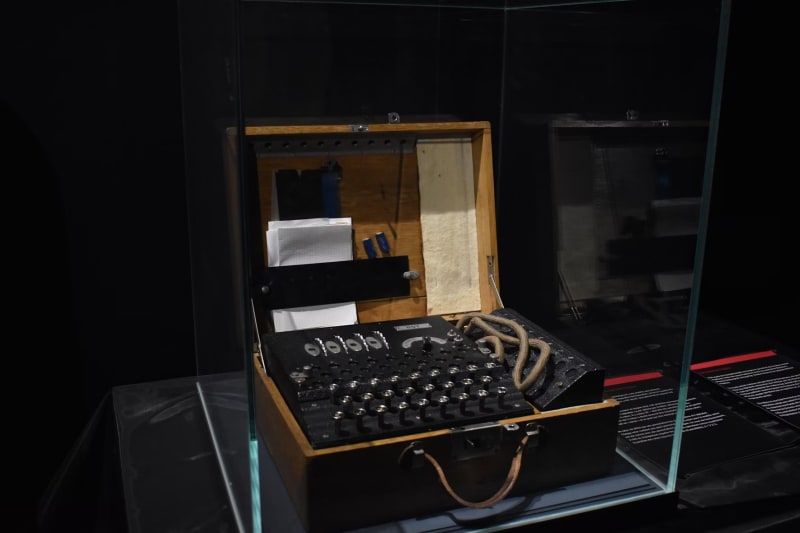Introduction
CronJobs are a vital part of managing scheduled tasks in Kubernetes. They allow you to automate and manage periodic jobs within your cluster. In this article, we will explore how to get a list of all CronJobs within a specific namespace, configure the history limit for these jobs using Helm, fetch past job executions, retrieve the pod names, and view logs from previous CronJob runs.
Listing CronJobs in a Specific Namespace
To get a list of all CronJobs in a particular namespace, you can use the kubectl command-line tool. Here’s how:
kubectl get cronjobs -n <namespace>
Replace <namespace> with the name of the namespace you want to inspect. This command will provide you with a list of all CronJobs present in that namespace.
Configuring History Limit with Helm
Helm is a package manager for Kubernetes that allows you to define, install, and upgrade even the most complex Kubernetes applications. You can configure the history limit for CronJobs using Helm by modifying your Helm chart’s values.yaml file. For example, to set a history limit of 5 for CronJobs, you can add the following to your values.yaml:
cronJobs:
historyLimit: 5
This configuration will ensure that only the last 5 successful job runs are kept for each CronJob.
Fetching Past Job Executions
To fetch past job executions of a CronJob, you can use the kubectl command with the get and describe options:
kubectl describe cronjob <cronjob-name> -n <namespace>
Replace <cronjob-name> with the name of the CronJob you want to inspect and <namespace> with the relevant namespace. This command will provide detailed information about the CronJob, including its history.
Getting Pod Names from Past CronJob Runs
CronJobs create pods for each job run. To get the names of pods from past CronJob runs, you can use the kubectl command with the get pods option and filter by labels:
kubectl get pods -n <namespace> -l job-name=<cronjob-name>
Replace <namespace> with the relevant namespace and <cronjob-name> with the name of the CronJob. This command will list all the pods associated with that CronJob.
Viewing Logs from Past CronJob Runs
Once you have the pod names from past CronJob runs, you can view the logs for these pods using the kubectl logs command:
kubectl logs <pod-name> -n <namespace>
Replace <pod-name> with the name of the pod you want to inspect and <namespace> with the relevant namespace. This command will display the logs from that pod’s past execution.
Conclusion
Effectively managing CronJobs in your Kubernetes cluster is essential for automating recurring tasks. You can list CronJobs in a specific namespace, configure the history limit with Helm, fetch past job executions, obtain pod names from past CronJob runs, and view logs from those executions. These techniques will help you monitor and troubleshoot your scheduled tasks, ensuring that they run smoothly in your Kubernetes environment.









